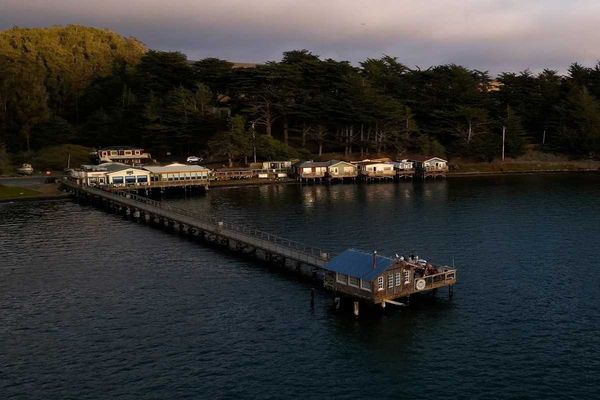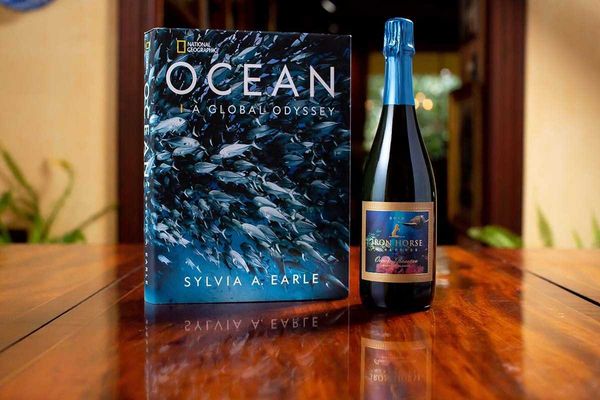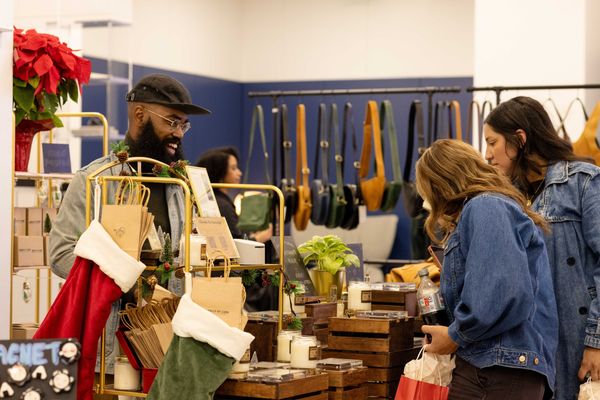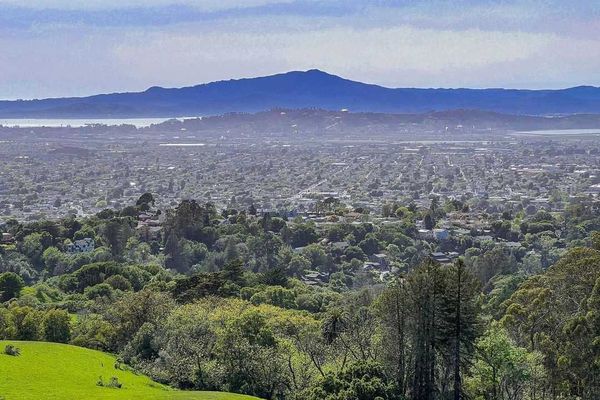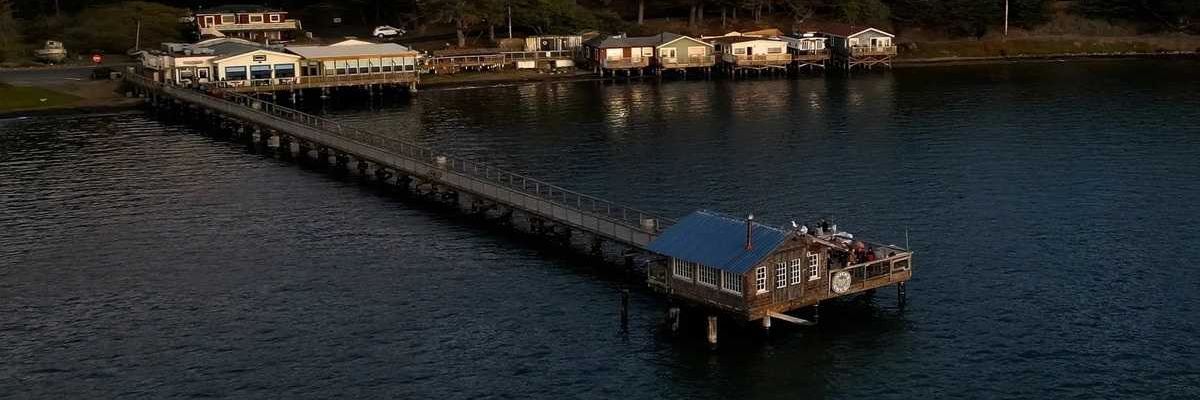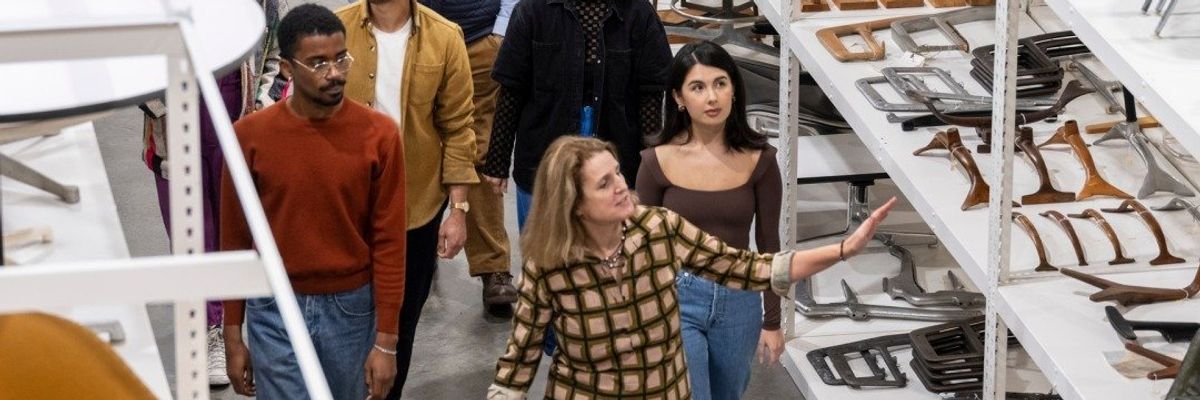One of the most significant social and economic trends that has emerged from technology entrepreneurs in 2011 is collaborative consumption.
Examples of startups leading this growing movement include Airbnb, which facilitates sharing residential property; LiquidSpace, for sharing office space; and Getaround, for sharing private cars.
Others, including Zaarly, Taskrabbit, and Blockboard, represent smart upgrades to Craigslist, helping people connect with their neighbors for the purposes of exchanging goods, services and expertise.
What makes all of these collaborative consumption services significant goes far beyond whether they succeed as companies or not.
One observer who understands that is Melanie Nutter, the director of the Department of Environment for the city of San Francisco.
“One of the benefits of the ‘buy less, share more’ trend is it is helping us reduce the city’s carbon footprint,” Nutter explains. “We know that 55 percent of all carbon emissions come from buildings and much of the rest comes from cars and trucks. A shareable car or office space can help, therefore, to reduce our overall carbon footprint.”
San Francisco has been pursuing one of the most aggressive carbon emission reduction plans of any city in the world, aiming to have cut the 1990 levels 20 percent before the end of next year.
Nutter says that currently the city has achieved a 12 percent reduction, better than any other metro area in the nation.
“How we as a city government can promote collaborative consumption is to work with those companies based here that are leading the way,” says Nutter. “So we are considering an innovative pilot project with LiquidSpace to use their service with our own staff and determine what the impacts are.”
LiquidSpace allows people to pursue more flexible work schedules, which is another priority of the city’s priorities. “The city supports telework,” she says. “About ten percent of our staff works that way and the city is encouraging that as policy.”
Citing studies that indicate that privately owned vehicles sit idle over 90 percent of the time, Nutter commended services like Zipcar, City CarShare, and particularly Getaround, which owns no fleet of its own but helps people share their cars with one another.
“Instead of lots of new vehicles, which will only increase emissions, if my neighbor has a car to share, that’s an example of how we can become a greener city – by consuming smarter.”
Nutter is optimistic about the prospects of these services in the context of her priorities as an environmental leader.
“The Bay Area really is the cradle of innovation,” she observed, “and collaborative consumption shows a lot of promise.
“What I find really exciting,” she added, “is that for too long the environmental movement was all about saying ‘no, you can’t do that’, or ‘don’t do that.’ Whereas this is about a solution that says 'yes', where you can still utilize technologies to meet your needs.”




